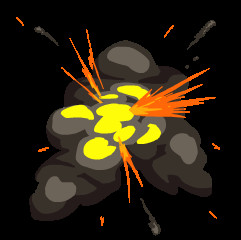Instale o Steam
iniciar sessão
|
idioma
简体中文 (Chinês simplificado)
繁體中文 (Chinês tradicional)
日本語 (Japonês)
한국어 (Coreano)
ไทย (Tailandês)
Български (Búlgaro)
Čeština (Tcheco)
Dansk (Dinamarquês)
Deutsch (Alemão)
English (Inglês)
Español-España (Espanhol — Espanha)
Español-Latinoamérica (Espanhol — América Latina)
Ελληνικά (Grego)
Français (Francês)
Italiano (Italiano)
Bahasa Indonesia (Indonésio)
Magyar (Húngaro)
Nederlands (Holandês)
Norsk (Norueguês)
Polski (Polonês)
Português (Portugal)
Română (Romeno)
Русский (Russo)
Suomi (Finlandês)
Svenska (Sueco)
Türkçe (Turco)
Tiếng Việt (Vietnamita)
Українська (Ucraniano)
Relatar um problema com a tradução


 Switzerland
Switzerland 



















(Note: you must be at least 21 years old)
a. G1: Ensures the cell is ready for DNA replication
b. G2: Confirms DNA replication is successful and mitosis is ready to occur
c. M: Checks that chromosomes are aligned properly on the metaphase plate, and
attached to spindle fibers.
d. If any of these checkpoints fail cells may go into Apoptosis.
5. Telomeres and Aging
a. Telomeres are DNA sequences at the end of chromosomes that protect genetic
information during replication. Each division shortens the telomere, increasing the
cell's age. When telomeres are very short or no longer existent the cell goes into
apoptosis.
6. Cell Cycle and Cancer
a. Cancer tumors form when mutations break the cell cycle regulations and
checkpoints which allow for uncontrolled cell division. Tumor suppressor genes
do much of the regulation for cancer.
24 December 1860. Constitutional Convention (1860-1862). S 131055. South Carolina Department of Archives and History, Columbia, South Carolina.